
With its majestic alpine scenery, Austria is home to some of Europe's most beautiful villages. Among them, the village of Alpbach stands out in particular for its chalets nestled among green alpine meadows and at the foot of towering peaks, offering an idyllic setting in summer for sport or relaxation. But Alpbach is not the only jewel in the crown. Reith im Alpbachtal, with its flower-filled gardens, lake and amusement park, and Rattenberg, Austria's smallest town known for its charming boutiques and glass-blowers, are just some of the treasures to be discovered. In this article, we present the top 11 most beautiful villages in Austria.
1. Alpbach: the idyllic image of an Austrian village

The village ofAlpbach, with its chalets nestled among green alpine meadows and slender peaks, is perhaps one of the most beautiful in Austria. Its unique, traditional architecture has earned it a good reputation. Nestling around the steeple of St. Oswald's church, Alpbach's imposing wooden chalets, decorated with red, white or pink geraniums spilling over the balconies, helped the village to be voted "most beautiful village in Austria" in 1983 and to win the title of "most beautiful flower village in Europe" ten years later. In summer, you can enjoy the magnificent scenery by hiking, mountain biking or paragliding. In winter, snow sports enthusiasts can choose between downhill skiing, cross-country skiing, snowboarding, dog-sledding, snowshoeing, curling or ice skating. The resort is particularly family-friendly, with numerous activities and facilities designed with younger guests in mind.
Read more: What to do and see in Tyrol, Austria Top 18 destinations
2. Reith im Alpbachtal, a hiker's paradise
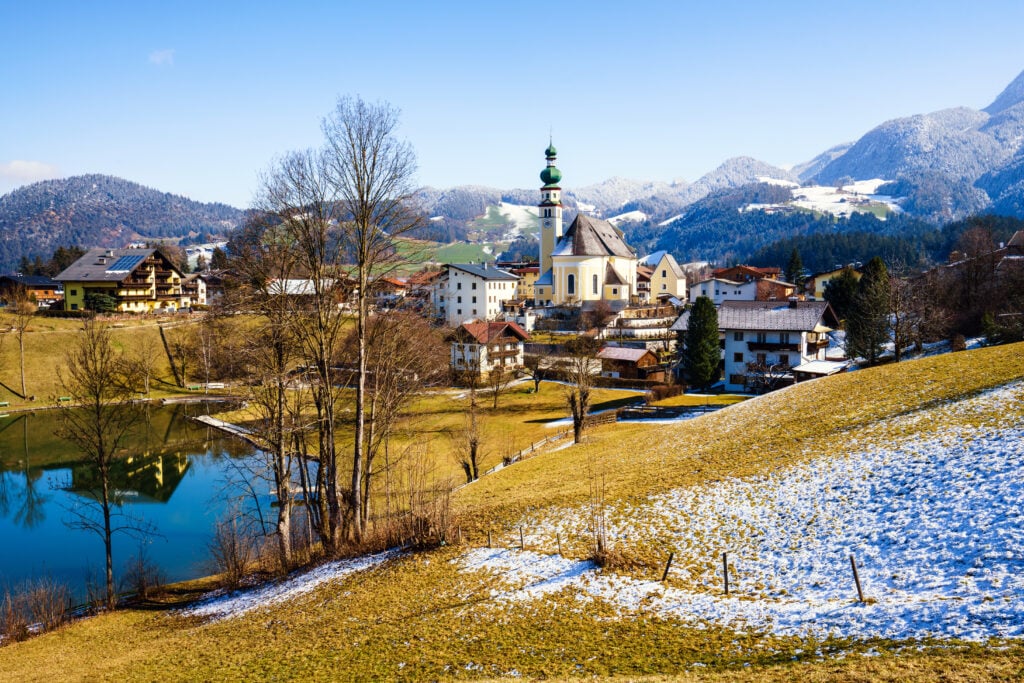
The vast, sunny plateau of Reith im Alpbachtal is a year-round paradise for hikers. From spring to autumn, the flower-filled landscape is sure to delight. Botany enthusiasts can visit the herb garden inspired by the teachings of Hildegard von Bingen. For families, Juppi's enchanted forest park (Juppi Zauberwald) is also a must-see. In September,the Transhumance Festival is an event not to be missed. What's more, the Ski Juwel ski area is nearby, and for young skiers, the Reitherkogel, with its gentle slopes and child-friendly facilities, is ideal!
There's no doubt that Austria deserves its place in our topdestinations for travelling with children in Europe!
3. Rattenberg and its glassblowers

Rattenberg, Austria's smallest town, isfamous for its charming boutiques and glassblowers. The town grew up around its castle, a former border fortress and toll booth. Today, the castle ruins are the setting for numerous summer performances. Situated between the Inn River and the castle rock, Rattenberg was unable to expand during the Middle Ages, which has enabled it to retain its medieval character. With just 500 inhabitants, it is the smallest town in Tyrol. In 1505, Emperor Maximilian succeeded in annexing the northern part of Tyrol as far as Kufstein, including Rattenberg. The town is renowned for its glassmaking craftsmanship, and its multicolored facades adorned with stucco and pink marble are a feast for the eyes.
Read more: What to do in Austria The 19 most beautiful places to visit
4. Gmunden, one of Austria's most beautiful villages

Situated at the end of the 12 km-long Traunsee lake, Gmunden is a charming little town that serves as a gateway to the Salzkammergut lake region and as a tourist stopover between Linz and Salzburg. Gmunden's prosperity is linked to the salt trade, which dates back to Roman times. The Seeschloss, a small castle accessible via a dike, adds to the town's appeal, as do the swans that glide across the lake. Processions on the water, the rich local cultural life, the proximity of the Traunfall waterfall and the many hiking trails on the Traunstein make this former imperial resort an ideal destination for a pleasant stay and a great place for a romantic weekend away!
5. Sankt Gilgen, Mozart's village

At an altitude of 550 meters, Sankt Gilgen is a charming little village, as attractive in winter as it is in summer. You can enjoy a swim surrounded by the Salzkammergut mountains. Situated between three crystal-clear lakes, Mondsee, Fuschlsee and Wolfgangsee, the village nestles on the shore of the latter. The village center, with its houses clustered around a church with a bulbous steeple, is particularly picturesque. You won't fail to notice that you're in "Mozart's village": St. Gilgen is home to the birthplace of Anna Maria Pertl, the famous composer's mother, born on December 25, 1720, and open to visitors in summer.
Also worth reading: Top 15 of Europe's most beautiful villages
6. Bad Ischl, Sissi's health resort
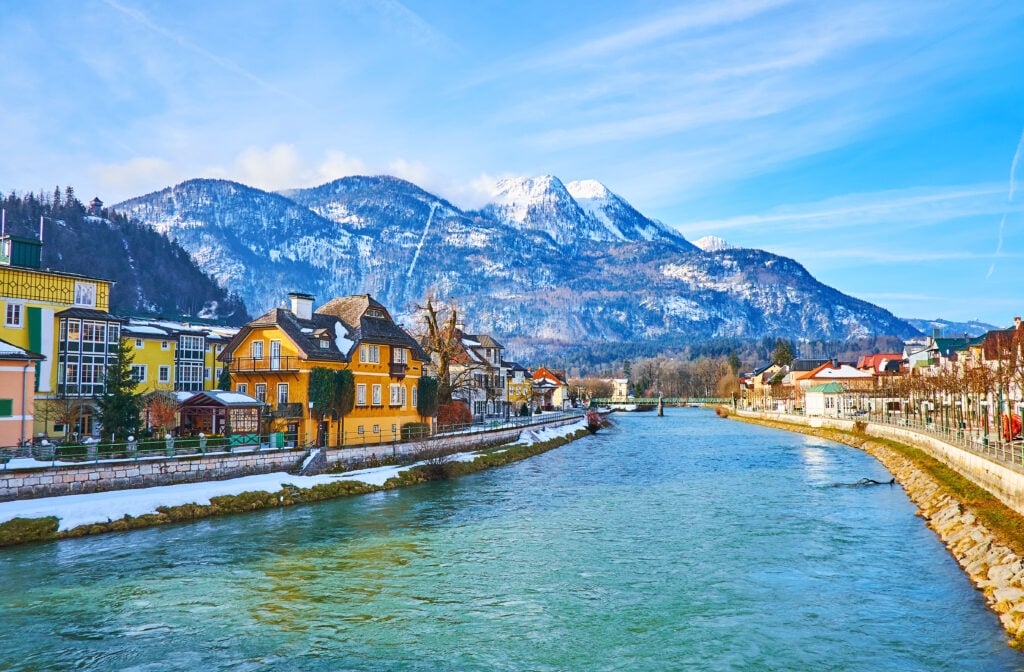
In the heart of Salzkammergut, Bad Ischl was a popular spa resort for Emperor Franz Joseph and his wife Sissi, attracting princes, artists and the social elite. Although less sumptuous than it once was, Bad Ischl retains its elegance and remains a spa and holiday destination for those nostalgic for the Empire. Let yourself be enchanted by the Traun, the Elisabeth Bridge and the surrounding streets. The local museum is dedicated to the imperial couple and the history of salt. In 2024, another major event is taking place in the region: Bad Ischl has been designated European Capital of Culture, promising plenty of festivities and a rich cultural program.
Read also: 5 reasons to discover the Pitztal Valley in Tyrol, Austria
What you need to know if you'd like to opt for a personalized travel itinerary in Austria, we recommend you request your free quote right here. A tailor-made, responsible trip, direct with the best local agencies, awaits you!
7. Kitzbühel, one of Austria's most prestigious ski resorts
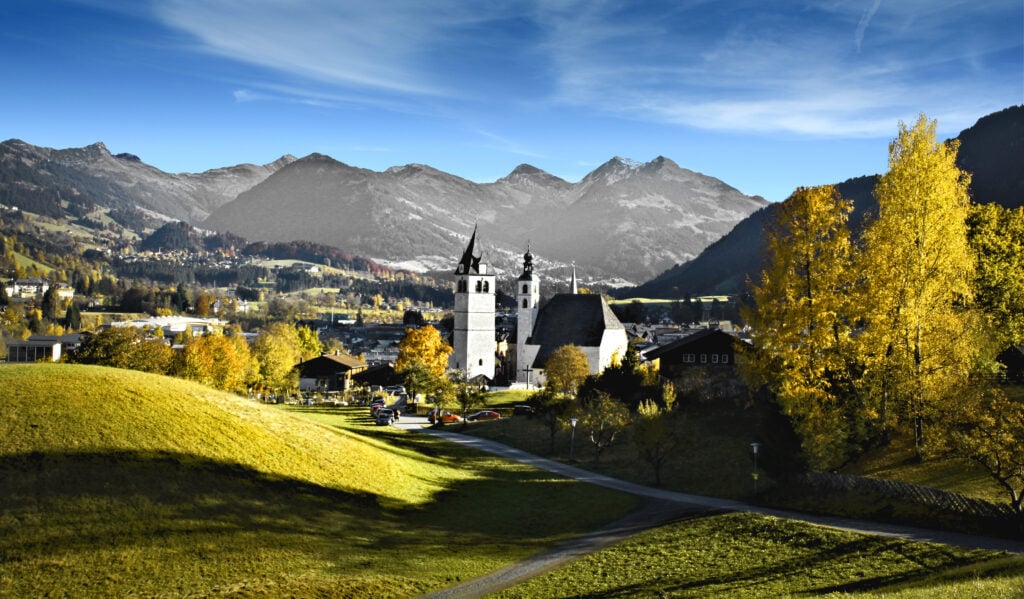
Kitzbühel owes its prosperity to the copper mines near Aurach, exploited from the Bronze Age until the Middle Ages. Today, it is one of Austria's most prestigious ski resorts, with 180 km of pistes, 63 lifts and 100 km of cross-country trails. It has twice hosted the Winter Olympics. Its ski area includes the famous Hahnenkamm downhill run, which regularly hosts world championships. The region is proud of its champions Toni Sailer and Ernst Hinterseer. It was on the Streif piste that Luc Alphand achieved one of his most memorable feats, winning two World Cup runs.
Read more: Where to ski in Austria The 12 biggest resorts
8. Hallstatt, a charming mountain village
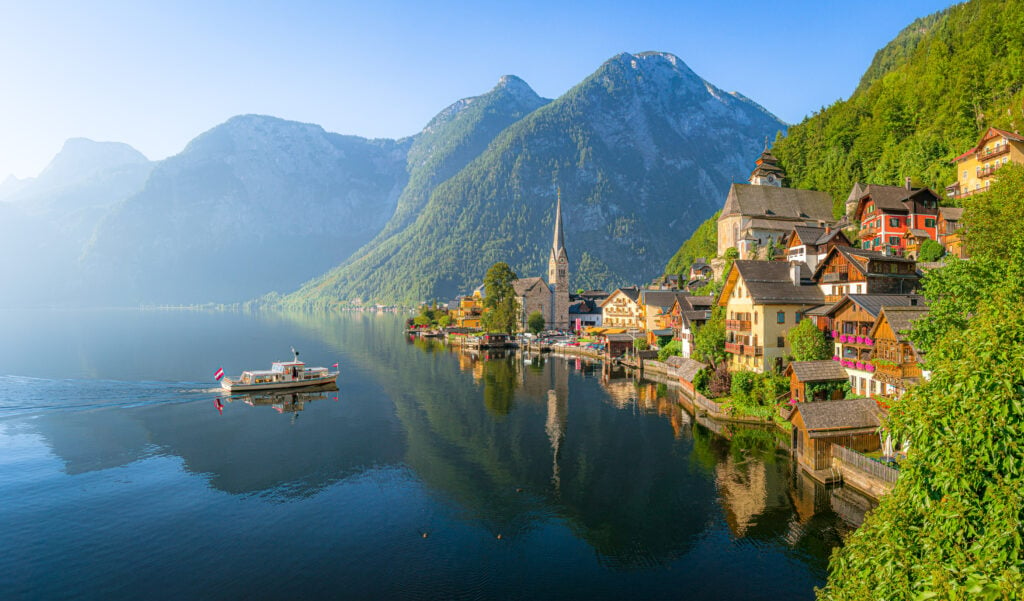
Situated on the banks of the Hallstattsee and backed by mountains, this charming mountain village is a UNESCO World Cultural Site. Hallstatt gave its name to a Central European civilization that flourished between 1300 and 400 BC, marking the first major Celtic civilization to be discovered. Excavations carried out in the 19th century on this major Neolithic archaeological site revealed numerous remains, offering valuable insights into this civilization. In fact, it was in the salt mine, which had been in operation since Neolithic times until 1989, that in 1734 miners discovered a human corpse preserved in salt for over 2,000 years, marking the start of archaeological excavations.
Read more: Austria, the heart of Europe
9. Lienz, one of Austria's most beautiful villages
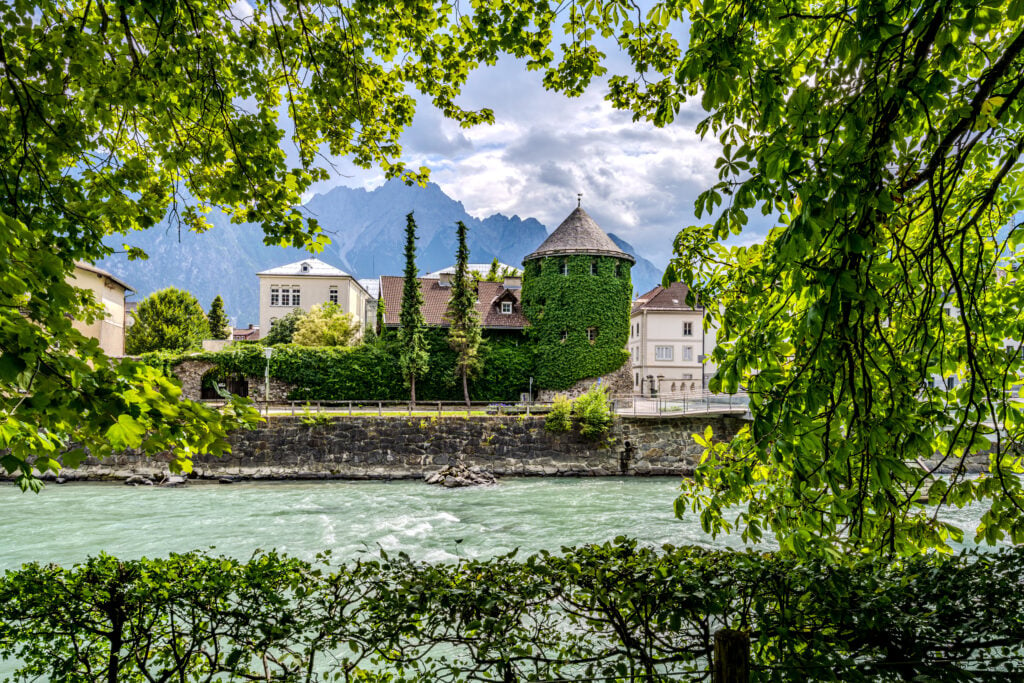
The capital of Osttirol, Lienz, with its 11,000 inhabitants, has a lively historic center. Founded in Roman times (on the site of Aguntum), it is first mentioned in the early 11th century and was granted municipal privileges in the 13th century. Thanks to its market, Lienz has become a dynamic commercial town. It is home to many historic monuments. Situated on the edge of a vast, flat, glacial alpine valley, Lienz offers majestic views of the surrounding mountains, including the Grossglockner, Deferegger and Dolomites. The town is also the finishing point of a famous cross-country race in the Dolomites, which brings together over 3,000 skiers.
Read more: Top 11 most beautiful hikes to do in the Dolomites and What to see in the Dolomites in Italy? The 13 must-sees
10. Millstatt and its abbey founded in 1080

The lakeside village of Millstatt am See is home to an abbey founded in 1080. This former Benedictine monastery, which became a Jesuit monastery in the 16th century, was partially converted into a hotel in 1773. Justice used to be administered under the thousand-year-old lime tree in the abbey courtyard. The cloister, with its Gothic vaulting and Romanesque arches, houses a fresco of the Last Judgement, considered a masterpiece of Austrian Renaissance art. The abbey church features a remarkable Romanesque portal. Every year in May, Millstatt am See hosts an organ festival.
Also worth reading: Top 25 most beautiful villages in France
11. Maria Almn, starting point of an important pilgrimage site
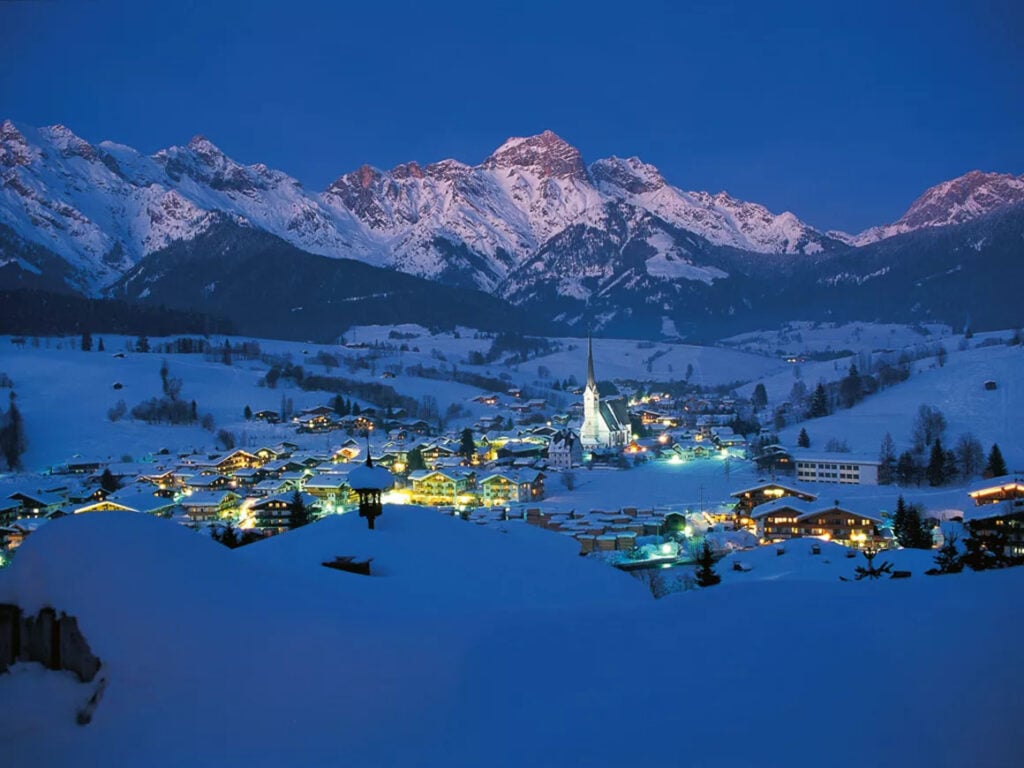
Located in the Urslau valley, a tributary of the Saalach, Maria Alm lies at the southern foot of the Steinernes Meer mountain range, part of the Berchtesgaden Alps. The community is the starting point of a pilgrimage route that crosses the mountains to the hermitage of St. Bartholomew on the banks of the Königsee, an important place of pilgrimage. At Maria Alm, the church is well worth a visit, with its blend of Baroque and Flamboyant Gothic styles , and its 84-meter-high bell tower, the highest in the region. Don't miss the ceiling frescoes by Christoph Anton Mayr.
Enjoy this article? See also our article What to do and see in Innsbruck? The 17 must-sees and What to do and see in Salzburg? Top 13 must-sees.


